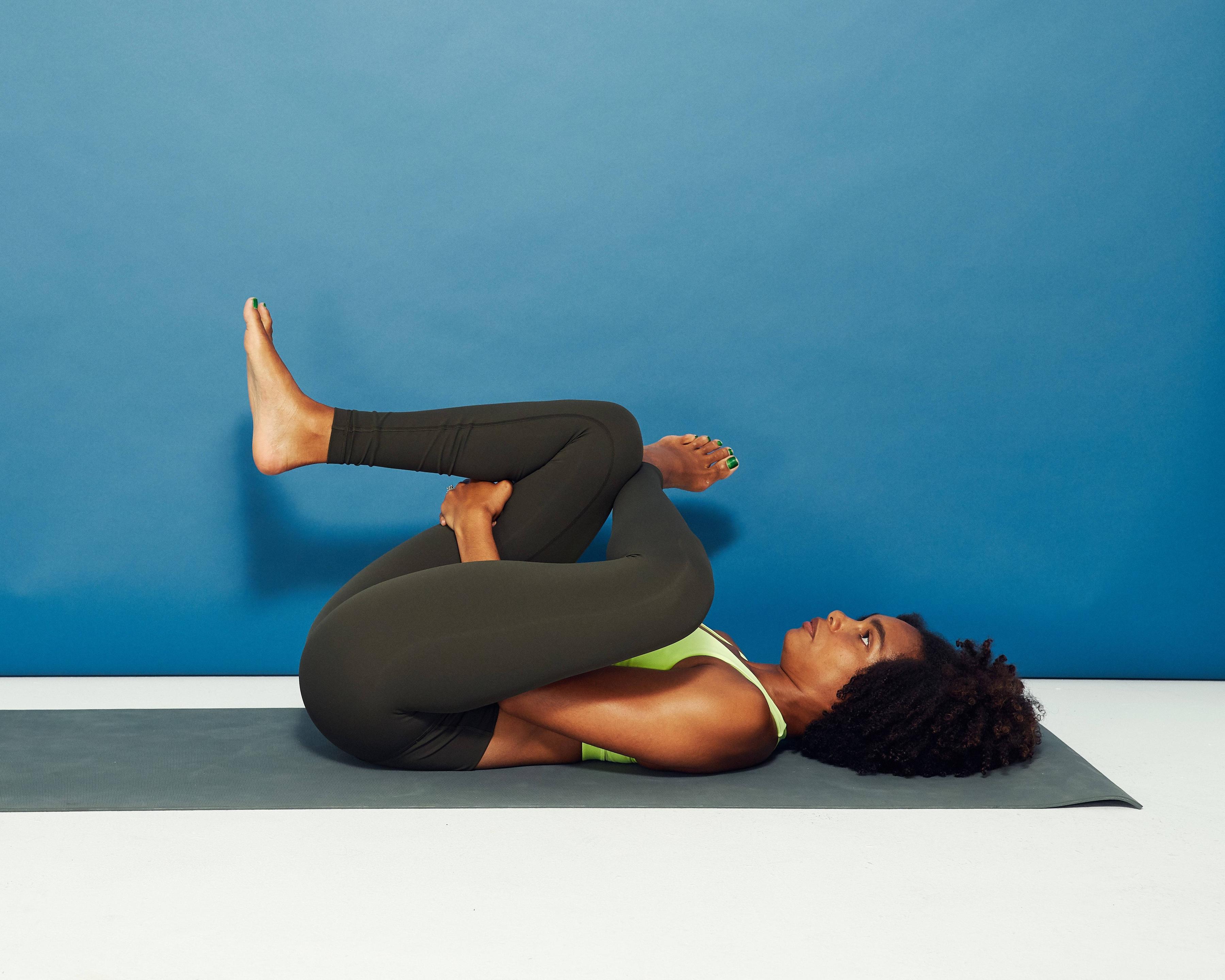
To learn how to strengthen your yoga practice, you need to understand which poses are best suited for you. Although you can learn some basic movements of yoga, the focus should be on specific muscle groups and not just the fundamentals. It is important to be able modify any pose to keep it safe and effective for your bodies. For instance, you can put your knees down in Plank Pose instead of lifting them all at once. Locust poses are where you raise one leg at once. In general, you should be able to adapt to both styles. Hybrid classes are increasingly popular, and they provide a combination of techniques.
Strengthening Yoga has many benefits. You will see an increase in HDL levels and bone density. Also, you will be able to think more clearly. It also helps improve flexibility and range of motion. A 2011 study revealed that women who exercised short-term strengthening training had significant improvements to their overall health. Yoga can also improve flexibility and endurance. It has many other benefits beyond improving your physical health.

Many variations of yoga poses can be modified to your advantage. When practicing yoga poses, be sure to practice them correctly. It is possible to modify the poses to make them more difficult or harder. You can do utkatasana either on one or both legs. You can keep your effort constant by lowering the back knee. For help in strengthening yoga, consult a certified teacher who has worked with some of the most difficult asanas.
Watch some videos to find out more about strengthening yoga. Jennilee Toner's YouTube playlist contains a series 30 minute videos that focus on strengthening the legs. The three-week program is great for intermediate to advanced yoga students. It builds strength, stamina and inner confidence. The EkhartYoga teachers who work on building strength have recently updated their Teachers Thoughts. You can also visit her blog to find helpful tips for creating a solid yoga practice.
For a complete yoga practice, try yoga that incorporates dynamic movements and skeletal alignment. You will be amazed at how quickly you'll feel stronger, as well as how flexible you'll become. A lot of the classes will have alternating poses, with a break in child's position. As you get more experience, you'll discover that you can combine a variety postures in an entire hour, including inversions.

Other than these poses, yoga exercises can be used to strengthen your entire body. For example, the warrior pose will strengthen your legs, glutes, and arms. The goddess pose, a great example for yoga strength training exercises, is also a good choice. It can be used as an addition to other strength exercises, but it is not meant to replace them. You will also need to balance in the warrior position by using a chair.
FAQ
What is the best workout order?
It all depends upon what you are trying to achieve. Start with heavy lifting if you're looking to build muscle mass. Next, move on to cardio. For those who want to lose weight or exercise, you can switch from cardio to strength-training.
Cardio is a great way to lose fat if you are just looking for a quick workout. Add strength training to your workouts.
Cardio is the best way to build muscle mass.
It is important to eat before going to work out. You will be able to give your muscles more fuel so they can work harder. It will also make you feel more energetic during your workouts.
How many calories should you consume each day?
It varies from one person to another. An average person needs 2000-2500 calories per day. The factors that determine how many calories are needed for you include your gender, age, height, activity level, lifestyle, and gender.
What does butter do?
Butter is one source of saturated fats. This type fat is great for your skin and hair. It also helps you build stronger bones.
Vitamin K, found in butter is an antioxidant that prevents bleeding from cuts. Vitamin K and vitamin C work together to prevent bruising.
Butter is also rich with minerals, such as calcium and phosphorous. These elements encourage stronger bones.
However, butter has some drawbacks. Butter is high in cholesterol. A few studies have shown that too much cholesterol can increase the risk of developing coronary disease.
Butter is high in saturatedfat, which contributes both to obesity, and raises cholesterol.
If you have to have butter, spread it on bread instead of dipping it in soup or salad. Bread absorbs oil more than pasta or potatoes.
What's a good workout routine for daily?
Regular exercise is key for staying in shape. It doesn't make a difference what kind of activity you choose. As long as you do it often, it will be beneficial. Consistency and consistency are the keys to success. It is important to stay consistent in order to get results.
Start by doing small amounts of daily physical activity (like walking). You can gradually increase the amount of exercise you do until you have 30 minutes each day. You could do this by running, swimming, weight training or yoga.
It's important that you get your exercise done every day. You should not miss any sessions unless there is a good reason.
Wear appropriate clothing and footwear when exercising outdoors. Weather conditions can also affect your ability and safety to exercise.
When you exercise, drink plenty of fluids. Drinking alcohol at this time can lead to dehydration. Avoid caffeinated drinks, such as coffee, tea and cola. They will not only give you more energy but also dehydrate you.
It's common to feel tired after your first workout. If you stick with your training program, you'll feel more awake and alert.
Do I have to do it every day?
No! You should do at least 30 mins of moderate-intensity activity 5 days per week. That could mean walking fast enough for you to get slightly out of breath and biking hard enough for you to sweat.
Statistics
- According to the American Academy of Dermatology (AAD), men over 50 are at a heightened risk of developing it. (healthline.com)
- Candidates and applicants must pass all four tests at 70% (minimum level) to graduate from Basic Deputy U.S. Marshal (BDUSM) Training. (usmarshals.gov)
- An estimated calorie range for moderately active adult males falls between 2,200 to 2,800 calories per day, depending on age. (eatright.org)
- The PRS enabled risk stratification for overall prostate cancer and lethal disease with a four-fold difference between men in the highest and lowest quartiles (HR, 4.32; 95% confidence interval [CI], 3.16-5.89). (pubmed.ncbi.nlm.nih.gov)
- By John Thompson Take a whopping 38% off a set of PowerBlock Pros. (menshealth.com)
External Links
How To
What nutrients do men need each day?
Daily nutrition is essential for men's healthy growth. The body requires vitamins and minerals, protein, carbohydrates, fats (fats), water, fiber, as well other essential elements.
Also, the male body requires certain nutrients at specific times during the day. For example, when you sleep, your body uses energy from food to make hormones, antibodies, and enzymes. You use protein to build muscles and repair damaged tissue when you wake up.
Your body stores extra energy as glycogen and breaks down fat at night. Your body has less energy but still requires enough nutrients during this time. If you feel hungry, you may consider having a snack during the evening.
For your body to function properly, it needs adequate amounts of protein and carbs. Muscle soreness can occur if you work out hard.
To avoid this, you need to eat carbs and proteins within two hours of training. Your body will break down stored glycogen to provide glucose for energy.
In addition, you must consume protein immediately after completing your workouts. This will prevent muscle tissue from being damaged while you sleep.
Your body produces lactic acid during high levels of physical activity. The body produces lactic acid when there is too much activity. This can cause fatigue. To avoid this, you should eat foods rich in carbohydrates, such as fruits and vegetables.
Carbohydrates give your body the energy it needs to recover from strenuous exercise.
Your diet may include lean meats like fish, eggs, milk cheese, yogurt or beans as well as lean proteins such as fish, eggs, egg yolks, cheese, yogurt, bean, peanuts and seeds.
All these foods are high-quality sources of protein. Protein is important for muscle growth and repair. Protein also supplies the amino acids your body requires to make sex hormones, such as testosterone.
For healthy skin, hair and joints, it is important to eat enough fats. Healthy men need between 20% and 35% of their total caloric intake from fat.
Fat helps keep your heart strong and protects against cancer. Your brain also functions properly thanks to fat.
You can get most of the fat you need from vegetable oils like olive oil, sunflower oil, corn oil, soybean oil, peanut oil, and safflower oil.
These oils contain high levels of monounsaturated fat acids (MUFAs). MUFAs can lower cholesterol levels and reduce inflammation. They also protect your cells from damage caused by free radicals.
Saturated fats (SFAs), are found mainly in animal products such as meat, milk products, and butter. SFAs can raise LDL ("bad") cholesterol levels and increase triglycerides. They are also good for weight loss and belly fat.
Polyunsaturated fats (PUFAs) are found in plant-based sources like vegetable oils, nuts, seeds, and grains. PUFAs help improve cardiovascular function, and lower inflammation. They help to control blood sugars and cholesterol.
Erectile dysfunction can often be a problem for men who have low HDL ("good") levels of cholesterol. Saturated fats are a major source of bad cholesterol. This lowers good cholesterol.
Men who eat lots of red meat or pork can develop prostate problems. This is because these foods contain high amounts of nitrates. High temperatures can cause nitrates to become nitrosamines. These compounds can cause cancer.
Most processed meats contain nitrites or other harmful chemicals. Avoid them completely.
The American Heart Association recommends limiting red meat intake to two meals per week. Instead, choose poultry, fish, legumes, tofu, whole grain bread, and cereals.